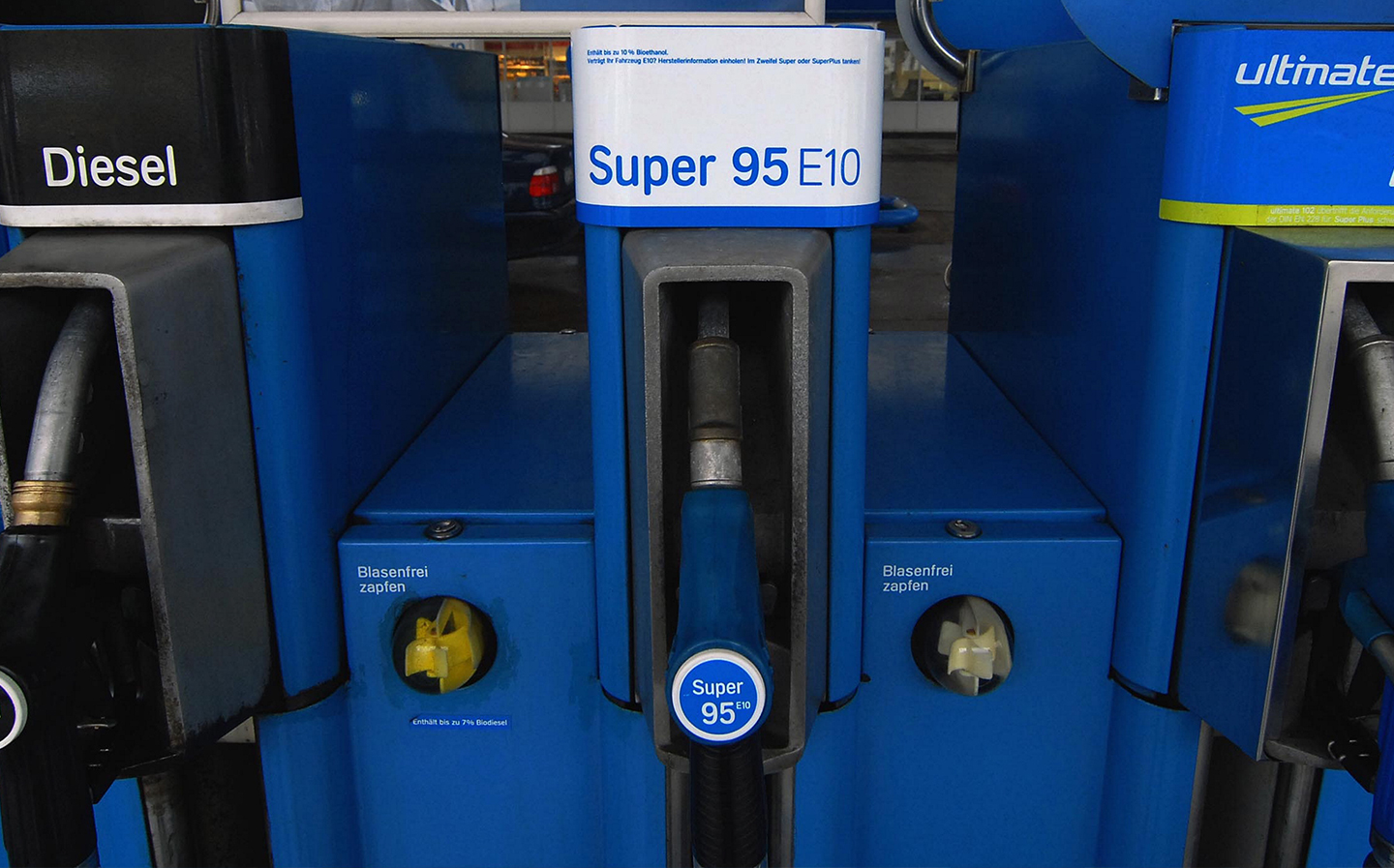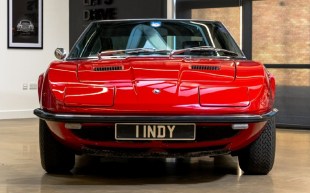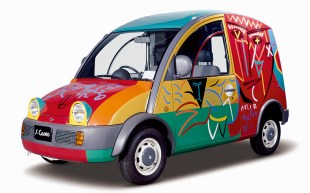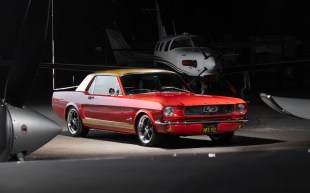E10 fuel switchover just two weeks away
Classic car owners beware
E10 FUEL will become the default type of petrol on British forecourts in just two weeks’ time.
The government estimates that the switch could help reduce CO2 emissions by around 750,000 tonnes per year, or, according to the RAC, the equivalent of taking 350,000 cars off the road.
E10 contains a greater percentage of bioethanol, derived from corn, sugar cane and paper production. It is widely used in European countries like France, Germany and Finland.
Although most petrol cars built after 2011 will be compatible with the fuel, that still leaves around 600,000 cars on UK roads that will not be, including still popular models like the Volkswagen Golf, even including certain versions of the Mk5 model built until 2008.
Drivers of classic cars should also avoid using E10 fuel, and some of the other most popular middle-aged vehicles that will not be E10 compatible include many Nissan Micras, Mazda MX-5s, Ford Escorts and all cars built by MG Rover until 2005.
Classic cars may appear to be a small minority, but in the list of cars with the greatest number of E10-incompatible models on the road, the MGB, built from 1962 until 1980, comes second, with nearly 21,000 still on the road.
Other high-ranking classics include the Morris Minor with 12,796 on the road, while some 7,614 examples of the classic Mini are still reportedly running. Those numbers aren’t insignificant.
As ethanol is a solvent, it can damage rubber and plastic components — like fuel lines — in cars that haven’t been designed for it.
Ethanol is also hygroscopic, meaning it absorbs water from the atmosphere, which may lead to condensation in fuel tanks if the car remains unused for long periods, as many classics do. As such, long-term, it can lead to corrosion in the tank and of carburettor components.
The government says that E5 should still be available for some time in most filling stations, though as a premium, more expensive fuel. Some small, more rural petrol stations may not, however, continue to stock it.
E10 fuel should not cost noticeably more than E5 currently does, although judging by current prices for “super unleaded”, E5 will soon cost around 12p per litre more than it does now.
Drivers are advised to consult the government’s E10 fuel compatibility checker https://www.gov.uk/check-vehicle-e10-petrol to see whether their cars can use the fuel.
Tweet to @ST_Driving Follow @ST_Driving
- After reading how E10 fuel switchover is just two weeks away, you may be interested to read how fuel duty revenue plummeted during lockdown
- Or find out how research is underway to look at hydrogen fuel cell power for Britain’s fire engines
- Read all about E10 fuel: what it is and how it will affect you





